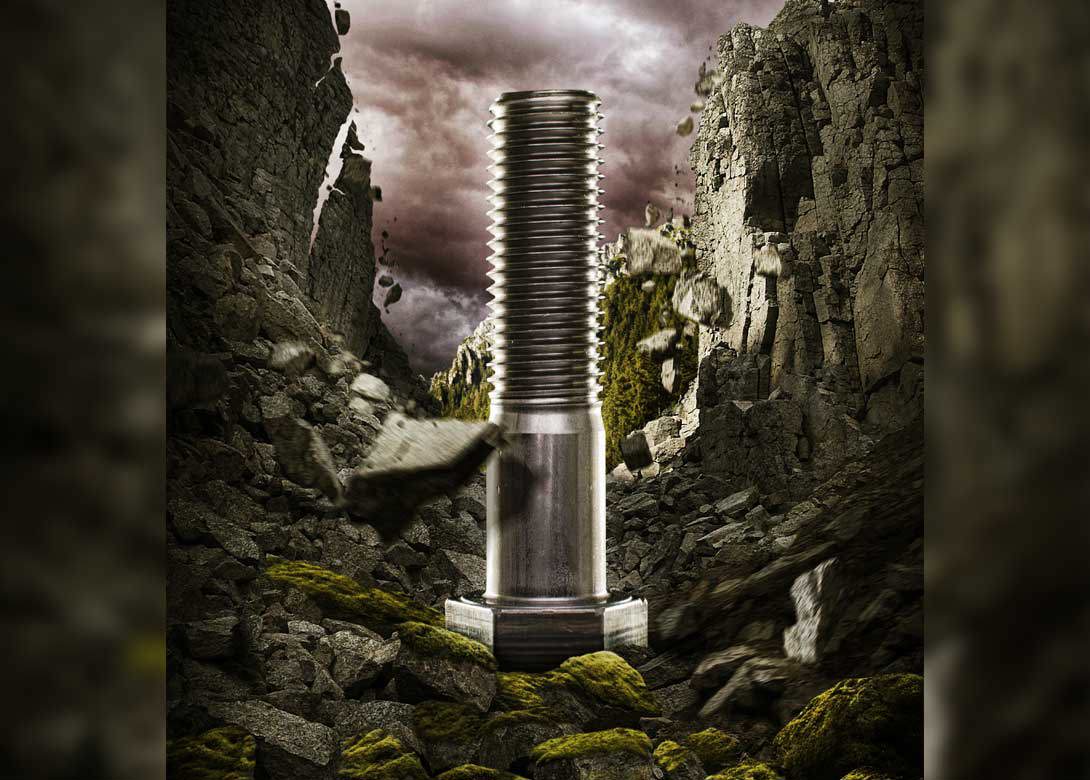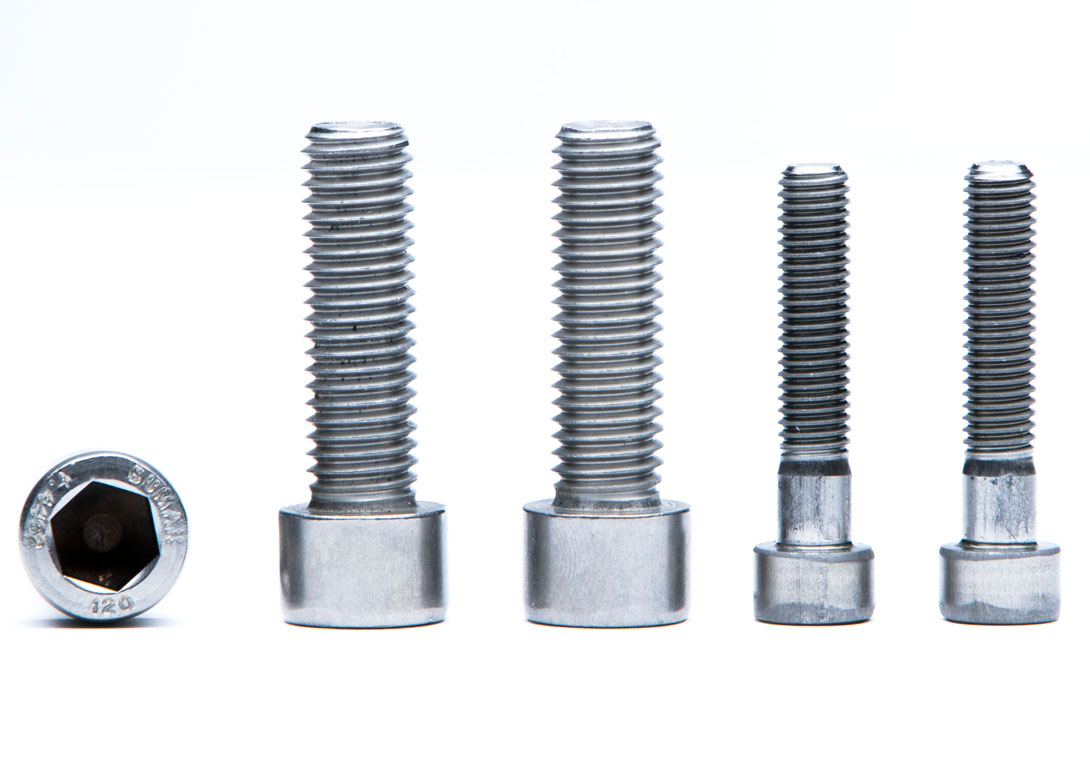
Innovative premium high strength and high performance stainless steel fasteners offer significant benefits – from product lifecycle and maintenance to total lifecycle costs – in many global industry sectors. Here, Nimeka de Silva, development manager, UK and Ireland for BUMAX looks at more robust and cost-effective fastener solutions.
Corrosion presents a considerable global challenge, resulting in significant economic and environmental impact. Corrosion affects many everyday products and almost all infrastructure - through increased maintenance, shorter product lifecycles, end of life management and generally the overall utilisation of more resources over a product’s lifetime.
The International Measures of Prevention, Application and Economics of Corrosion Technology (IMPACT) study by NACE estimated the global cost of corrosion to be US$2.5 trillion annually – equivalent to around 3% of global GDP in 2018. However, it estimated that existing corrosion control practices could save 15-35% of the cost of corrosion, equating to between US$ 375 and US$ 875 billion globally each year (NACE International, 2016).
The consequences of corrosion related impacts on the environment were not included in this study but are increasingly important. In response to greater interest on issues related to environmental impact and sustainability, engineers are ever more encouraged to design products and infrastructure that can minimize environmental and societal impact.
Sustainability in design, optimising a product’s lifecycle, minimising maintenance requirements and end of life upcycling/recycling for example are becoming an important part of product performance, quality and overall cost. In future, it is very likely that we will see even more burden placed on product manufacturers and asset infrastructure owners towards end of life management – making early considerations within the design and planning stage an even more crucial aspect of engineering.
More robust and cost-effective fastener solutions
Stainless steel fasteners have long been used in corrosive environments, such as within the oil and gas industry, chemical processing, marine and coastal applications. In recent years, stainless steel materials, predominantly austenitic grades A2 (304) and A4 (316), have become more readily available largely due to low-cost high-volume Asian manufacturers.
However, interest in premium stainless steel and high grade alloy fasteners has really taken off. Within the correct application, they offer improved product performance, reduced maintenance and can help to maximise product lifecycles. Considering total lifecycle costs can help to deliver significant cost efficiencies over the lifespan of a product, rather than an approach focusing purely on the initial upfront cost. Particularly within more technical industries where performance, safety and reliability are all critical factors, engineers are now starting to give more consideration to an ever-increasing range of fastener products and material options available to them, in an attempt to design more robust and long-term cost-effective products and infrastructure.
Traditional fastener challenges for engineers
One of the traditional limitations accepted by engineers when considering the use of stainless steel materials, is reduced mechanical strength. Traditionally, if a combination of high strength and corrosion resistance was required, then engineers would most likely resort to the use of high-tensile carbon steel with an additional protective coating. However, this brings with it the burden of finding a coating suitable for the application and the associated performance, quality and lifespan considerations for the coating.
High-tensile carbon steels are also prone to the risk of hydrogen embrittlement, either during the manufacturing process or through exposure to atomic hydrogen within the operating environment. Engineers often express concerns regarding this risk and careful consideration is given to their use when operating under certain conditions.
Alternatively, engineers may turn to other higher grade super austenitic stainless steels, more exotic nickel or titanium alloys. These offer excellent corrosion resistance and can provide strength higher than traditional stainless steel fasteners. However, such fastener options are not readily available and almost always manufactured to order at high cost with long lead times.
The solution – corrosion resistance and high strength
As a solutionist, BUMAX has dedicated itself to developing expertise, capabilities and a product offering that combines both the corrosion resistance capabilities of different stainless steel material grades, with the high strength of high tensile carbon steel. In addition, ductility and fatigue properties are also considerably better, outperforming that of high-tensile carbon steel. By eliminating the limitations of strength in stainless steel materials, BUMAX has opened up new possibilities for design engineers that require a combination of high mechanical performance and corrosion resistance.
BUMAX first introduced its BUMAX® 88 and BUMAX® 109 product ranges, which are premium grades of A4/316L stainless steel with a higher level of corrosion resistance than traditional A4/316, coupled with the strength of 8.8 and 10.9 carbon steel respectively. Additionally, given the superior ductility of BUMAX 88, this product is also available with Pressure Equipment Directive (PED) pre-approval PMA (Particular Material Appraisal), suitable for the design and manufacture of pressure equipment. BUMAX 88 also exhibits excellent fatigue resistance properties and is often a solution where fatigue failure is of concern.
More recently BUMAX launched its SDX 109 range, which is a super-duplex stainless steel range for more demanding environments in strength class equivalent to 10.9. Due to the success of this range it has become a stock standard available in the most common fastener types – hex bolts, set screws, socket cap screws, nuts and washers, from diameter M6 to M16. A wide stock range of finished products in a high alloy grade such as super duplex, is quite unique to BUMAX. Long lead times, very small quantities or high costs are not an issue with BUMAX® SDX 109.
The success of BUMAX SDX 109 led BUMAX to develop an even stronger duplex product. BUMAX® DX 129, which is a duplex stainless grade with a high level of general corrosion resistance with strength class equivalent to 12.9 carbon steel, was launched in 2017. Despite the very high strength of BUMAX DX 129, it still retains superb ductility, exceeding that of 12.9 carbon steel and even that of generic A4-80 fasteners. BUMAX DX 129 also benefits from not being subject to the risk of hydrogen embrittlement during its manufacture, unlike 10.9 and 12.9 high-tensile carbon steel bolts.
BUMAX DX 129 can be an innovative high-performance alternative to coated high tensile carbon steel bolts and also a good potential option against more expensive nickel or titanium alloys. Due to the growing demand for BUMAX DX 129 products, BUMAX now stocks a standard range of socket cap screws in diameters M6 to M16.
The BUMAX R&D and production teams are constantly looking to push boundaries by exceeding what was previously thought possible. BUMAX Ultra was born out of the desire to develop the world’s strongest fastener, with a yield strength of over 1,350MPa, with surprisingly high-levels of ductility from a stainless steel material. At present BUMAX Ultra is only produced to order and designed specifically around the end user’s application requirements.
Current customer applications for BUMAX Ultra range from high-end electric bikes, security lock systems, aerospace, high pressure applications, fueling systems and semiconductor manufacturing equipment – all with excellent results.
Our approach to innovation at BUMAX is driven by the close relationships that we have with much of our customer base. We take our cues from the engineering challenges they face. This constant engagement means that we can focus on developing innovative products that meet our customer’s needs.
With a strong R&D strategy and a programme of continuous product development, the future for BUMAX will continue to be characterised by more innovation and game-changing new products that are more robust and reduce lifecycle costs for industries and sectors around the world.


Having spent a decade in the fastener industry experiencing every facet – from steel mills, fastener manufacturers, wholesalers, distributors, as well as machinery builders and plating + coating companies, Claire has developed an in-depth knowledge of all things fasteners.
Alongside visiting numerous companies, exhibitions and conferences around the world, Claire has also interviewed high profile figures – focusing on key topics impacting the sector and making sure readers stay up to date with the latest developments within the industry.





